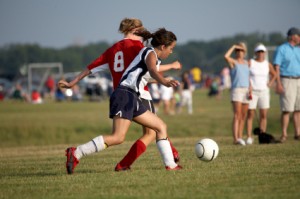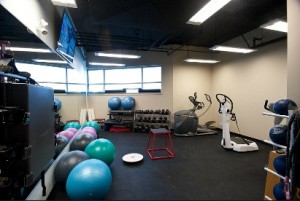 There is always a certain amount of risk involved in participating in sports. A well-managed sports facility or venue provides children with a safe environment to development, physically, emotionally and socially. However, accidents do happen and children do get hurt. The most common sports injuries for children are sprains, strains, and abrasions, making up to 70 percent of all sports injuries to children. More serious injuries such as fractures, broken bones, concussions account for about 20 percent of injuries.
There is always a certain amount of risk involved in participating in sports. A well-managed sports facility or venue provides children with a safe environment to development, physically, emotionally and socially. However, accidents do happen and children do get hurt. The most common sports injuries for children are sprains, strains, and abrasions, making up to 70 percent of all sports injuries to children. More serious injuries such as fractures, broken bones, concussions account for about 20 percent of injuries.
Many sports injuries for children occur because of their limited degree of agility and the “controlled” chaos of children playing. It is during this chaos where most of the falls and collisions occur, which can result in sprains, bruises and abrasions.
Each type of sport tends to have unquie injuries, such as soccer players tend to suffer from from sprains, bruises, knee, ankle and shin injuries. Tennis and baseball players have injuries to their elbows and wrists that result in pain, stiffness and reduced range of motion. Swimmers and skater can develop an overuse syndrome because of repetitive stress on particular joints.
To minimize serious injury determine your child’s physical maturation level and match your child’s size with an appropriate sport. Most children’s sports are organized by age rather than physical skill. Slower maturing children are often at greater risk of injury because they are competing with peers who may be larger and physically more developed.
Diversified Health’s practitioners can help prevent sports injuries in children by having your child undergo a Pre-Participation Evaluation. This consists of a routine medical history and physical examination with emphasis on a neuromusculoskeletal evaluation. The examination may uncover medical issues that may prevent the child from participating in a specific sport.
Another common sports injury is re-injury. Re-injury occurs when you return to the sport before an injury has healed. Returning too soon, places stress on the injured area and forces the body to compensate for the weakness, which can put your child at risk for another injury.
Having children participate in sports is a great way to implement fitness into their daily lives. Whatever sport you choose make sure that it includes fun, fitness and safety.


